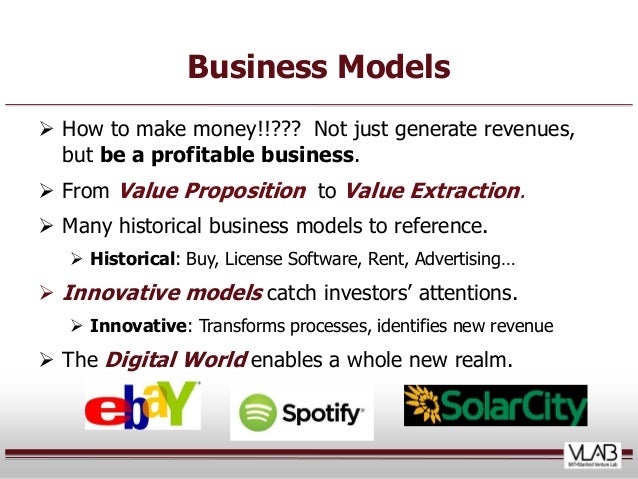
Image source: https://blogger.googleusercontent.com/img/b/R29vZ2xl/AVvXsEjPaYn65TDFTdbHL3UpV5cS5grW13279q1rj23jUIThyphenhyphen-2kOZGWdkhGLqbM3f4qduHaU3Onhql-Wq15weLIC9IDAngDsTrJIk4mepzpdSh2wWutuLfzjzQwMNf3N1Gj4u5Y4Xry-JQYEx9d/s1600/obpcb002.jpg
Over the years we have provided hundreds of pedal systems to race teams, race drivers and track day race cars.
Today we want to provide you with a tech session on bias bar set up.
Please feel free to pass this information on to any one that may need it.
BALANCE BAR ADJUSTING
The balance bar is an adjustable lever that pivots on a spherical bearing and uses two separate master cylinders for the front and rear brakes. The balance bar is part of a pedal assembly that also provides a mounting for the master cylinders. When the balance bar is centered, it pushes equally on both master cylinders creating equal pressure, given that the master cylinders are the same size bore.
When adjusted as far as possible toward one master cylinder it will push approximately twice as hard on that cylinder as the other.
To set up the balance bar, thread the master cylinder push rods through their respective clevises to obtain the desired position. Threading one push rod into its respective clevis means threading the other one out the same amount. Sometimes this will lead to a "cocked" balance bar when the pedal is in the relaxed position. This is acceptable as long as each master cylinder push rod is completely free of pressure when the pedal is relaxed. Balance bar lever adjustment.
Note: The push rod adjustment depicted in the figure is representative of a typical asphalt application. That is, large caliper pistons in front, small caliper pistons in the rear. It is important that the operation of the balance bar functions without interference by over adjustment. This can occur when a clevis jams against the side of the pedal or the lever (bolt) hits the pedal bore during any point of pedal travel.
Balance bar lever interference. Lever movement should be unimpeded throughout pedal travel. In the neutral position, clevises should have between 1mm to 2mm total clearance between the side of the pedal. Make sure that the master cylinder push rods remain true in relationship to the cylinder during entire pedal travel; push rods should not be pushing master cylinder pistons at an angle. In its non-depressed position, the pedal and balance bar should allow the push rod of the master cylinders to fully return. This can be checked by feeling push rods for very slight movement, not loose movement.
SETTING UP THE BALANCE BAR
The balance bar is one of the most overlooked, and least understood, components on almost any race car. As with all aspects of race car assembly and preparation, careful attention to the geometry of the balance bar and brake pedal will yield great benefits. To start, we need to look at the proper installation of the bias bar adjuster.
First, we must insure that the bias bar pivot bearing is free to move within the pedal tube. The tube must be clean, and may be lubricated with a light oil or dry Teflon spray.
With the clevises set on the adjuster each clevis and the bias tube should be no more than 1.5mm air gap is achieved. This prevents the bias bar from shifting while on the track, and altering in an unpredictable manner, the brake bias of the car.
With the bias bar connected to the master cylinders, and brake lines connected, the brakes should be bled. It is critical that front and rear brake circuits be bled simultaneously. This will allow both master cylinders to use their full travel, and prevent binding the bias adjuster (the fluid reservoir must always be located above the level of the bleed screws).
With the pedal tube and clevises squared away, we now look at master cylinder push rod length. The key is to set up the bias adjuster so that it is perpendicular to the master cylinder center lines with the brake pedal under compression. Typically, this means that the front master cylinder push rod will be 3mm-5mm longer than the rear master cylinder push rod at rest. This is due to the fact that the front braking circuit has a larger fluid volume, due to the larger piston diameters in the front calipers. As a result the front master cylinder requires a higher feed rate than does the rear. If the push rod length is equal front and rear, than the feed rate of the rear master cylinder is too high relative to the front. The result in this case is the rear circuit "hitting" before the front. With the push rod lengths adjusted properly, the bias bar will be square under compression and the front and rear circuits will "hit" approximately at the same time.
Thank you for your time.

